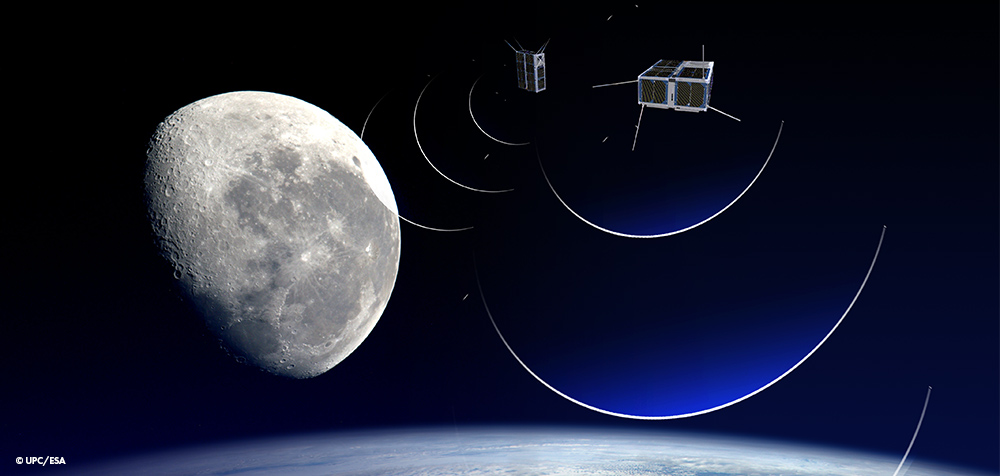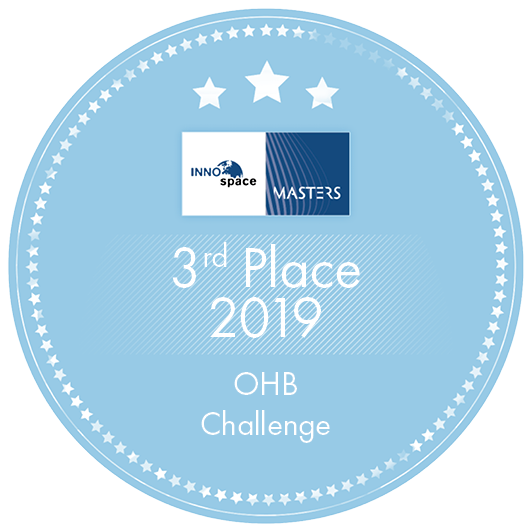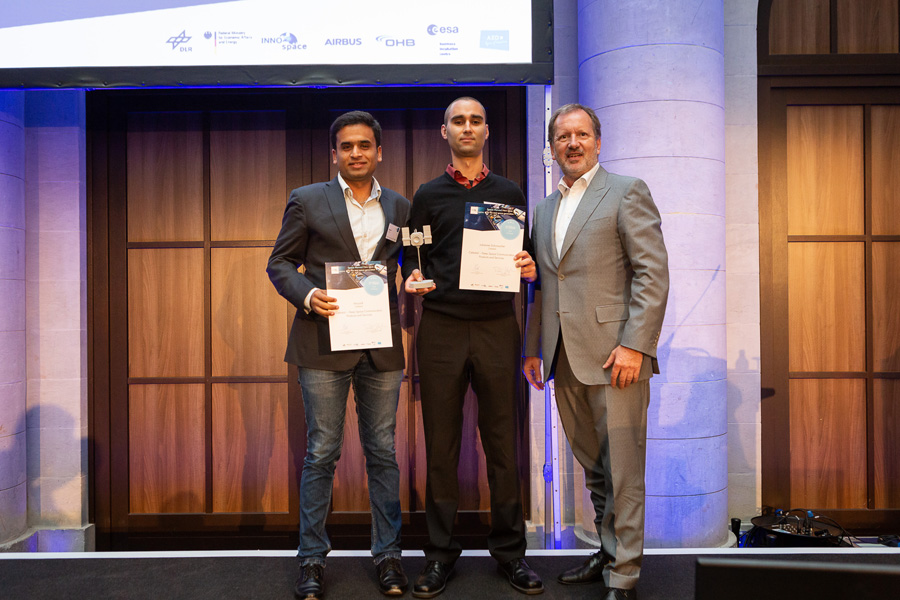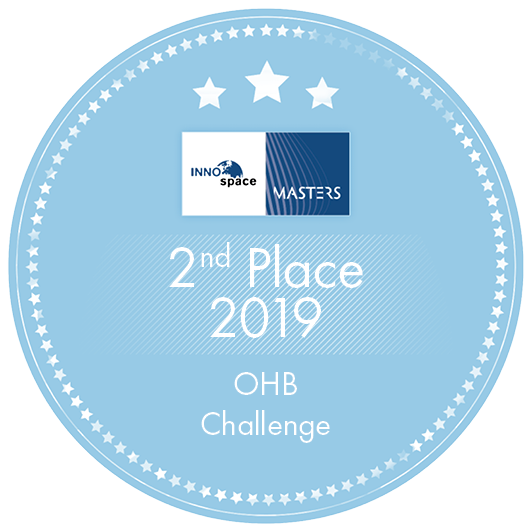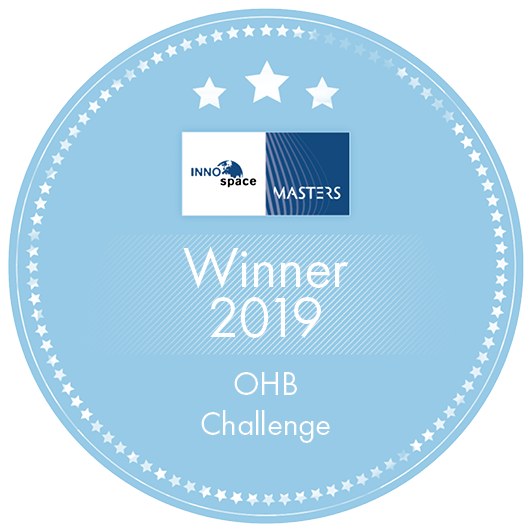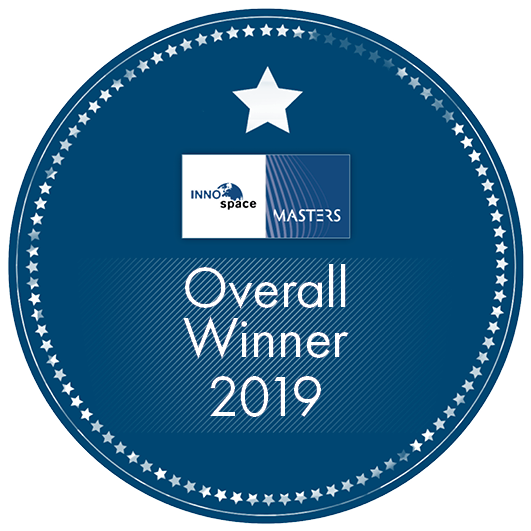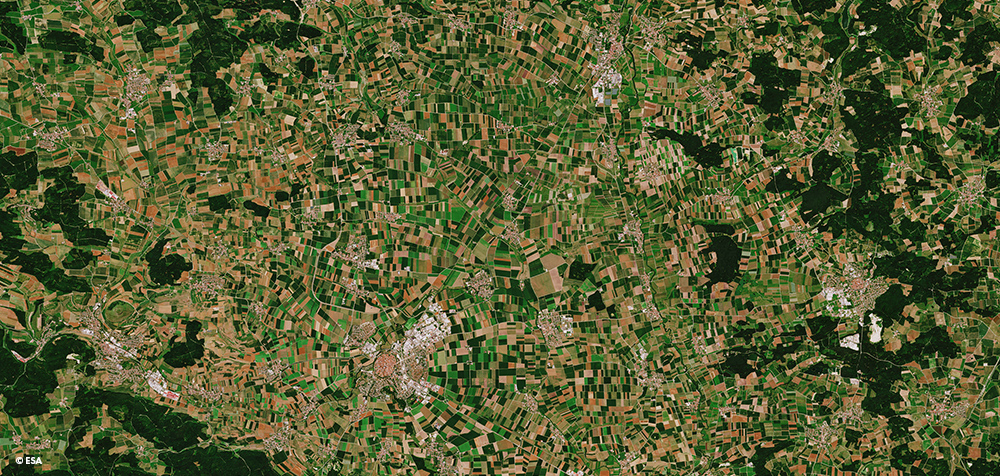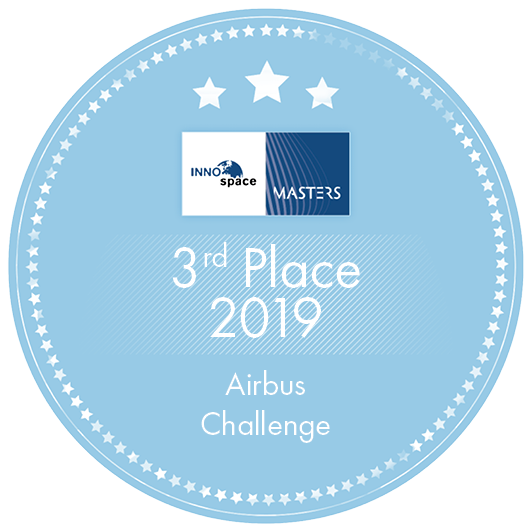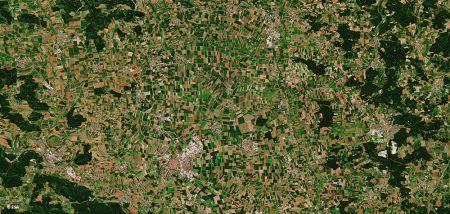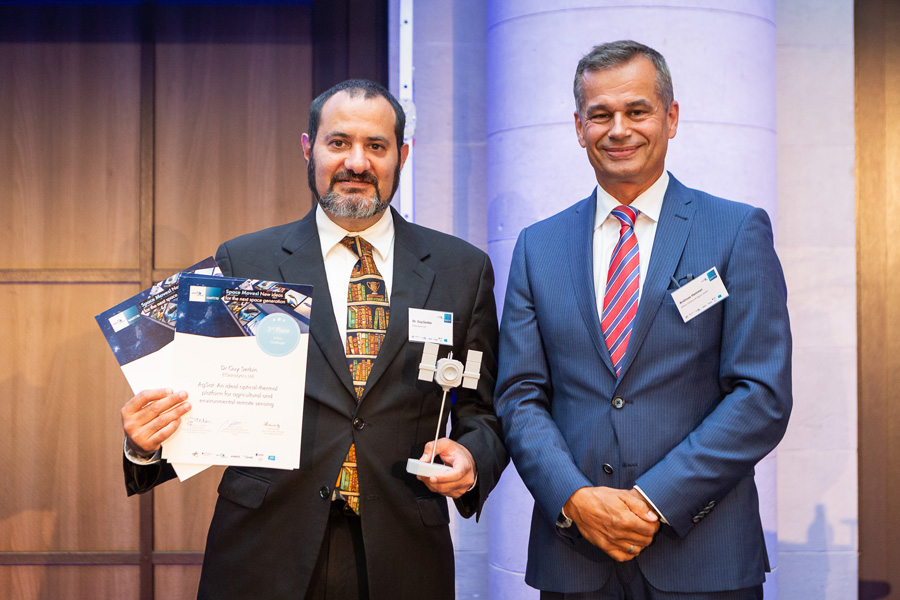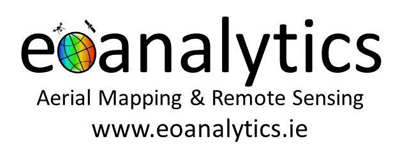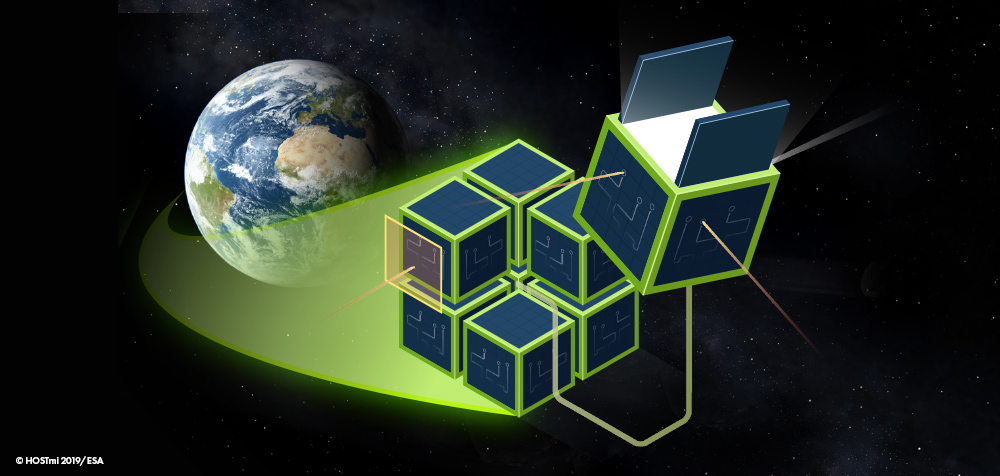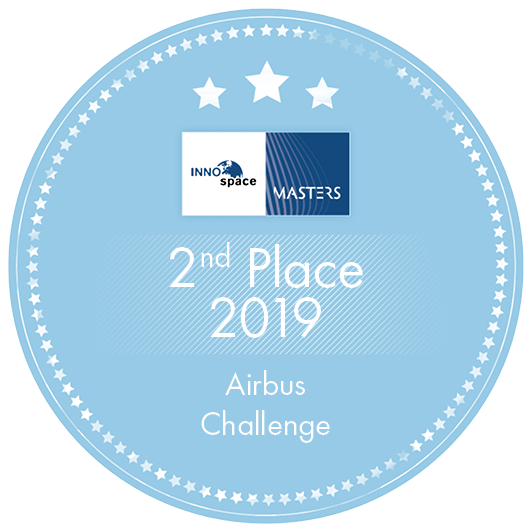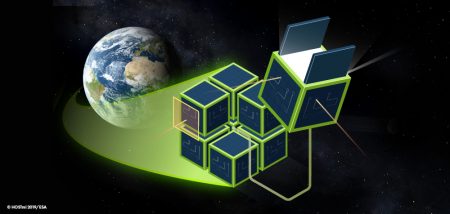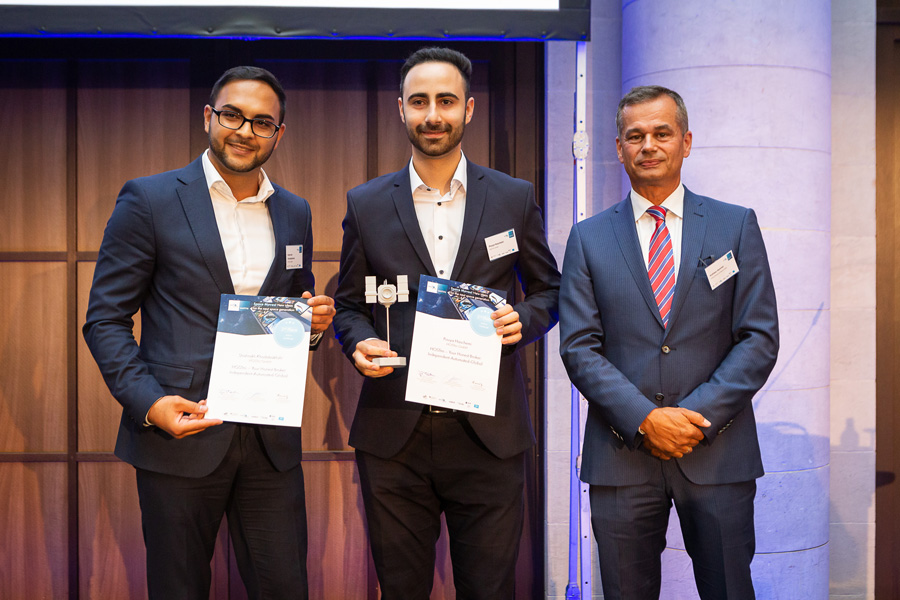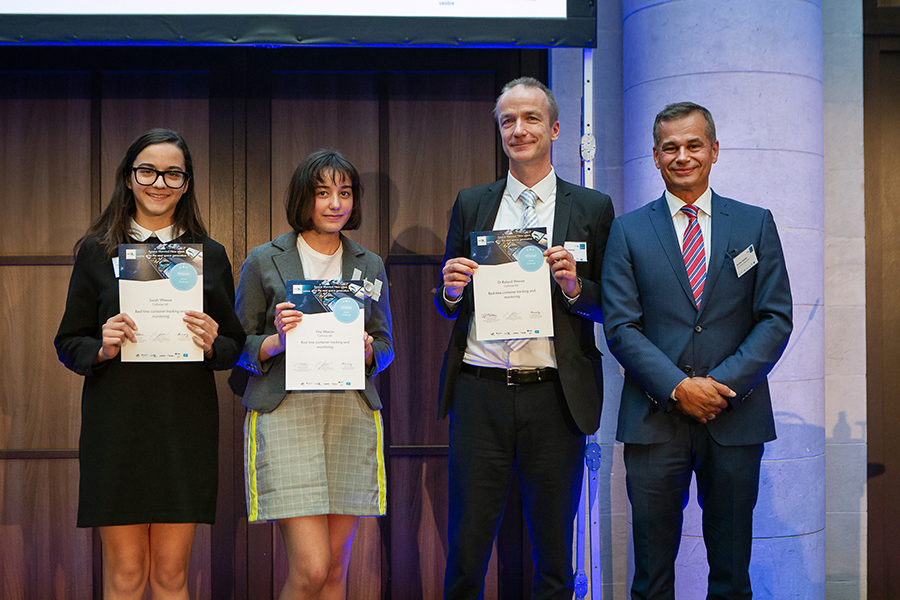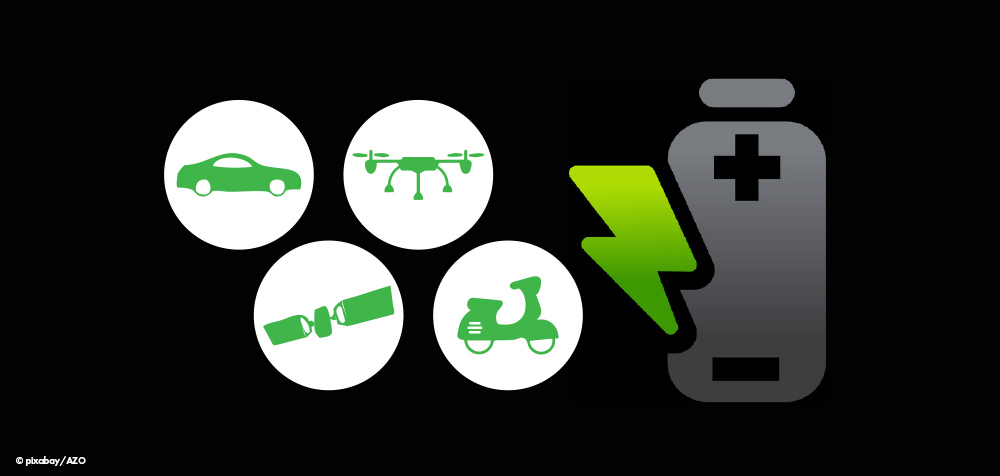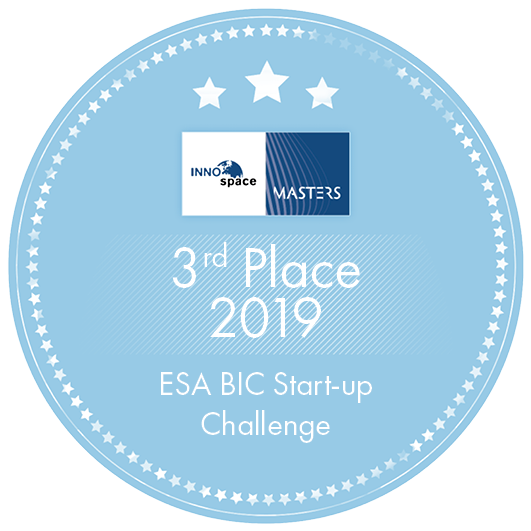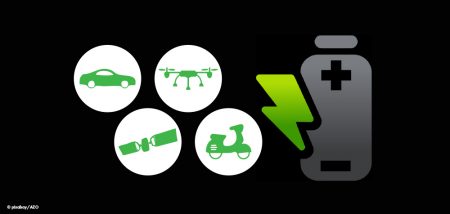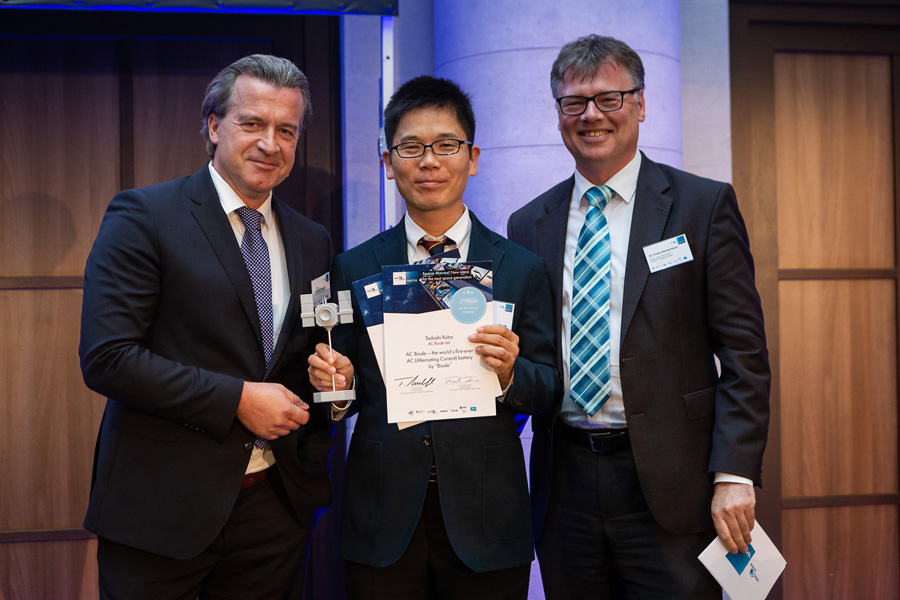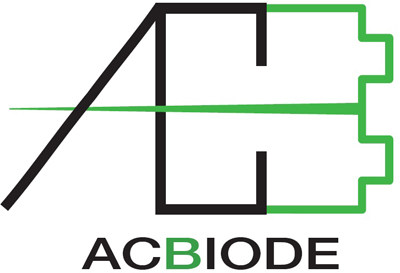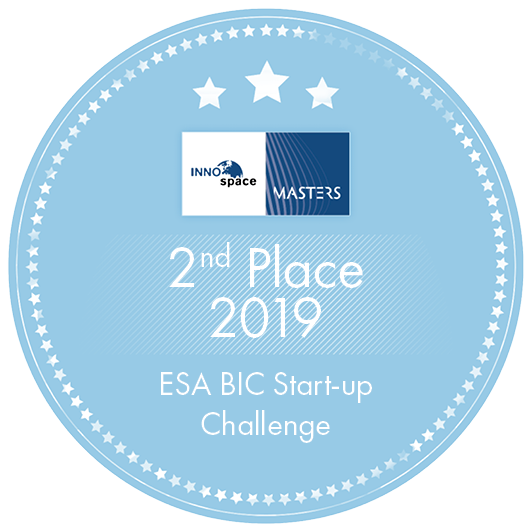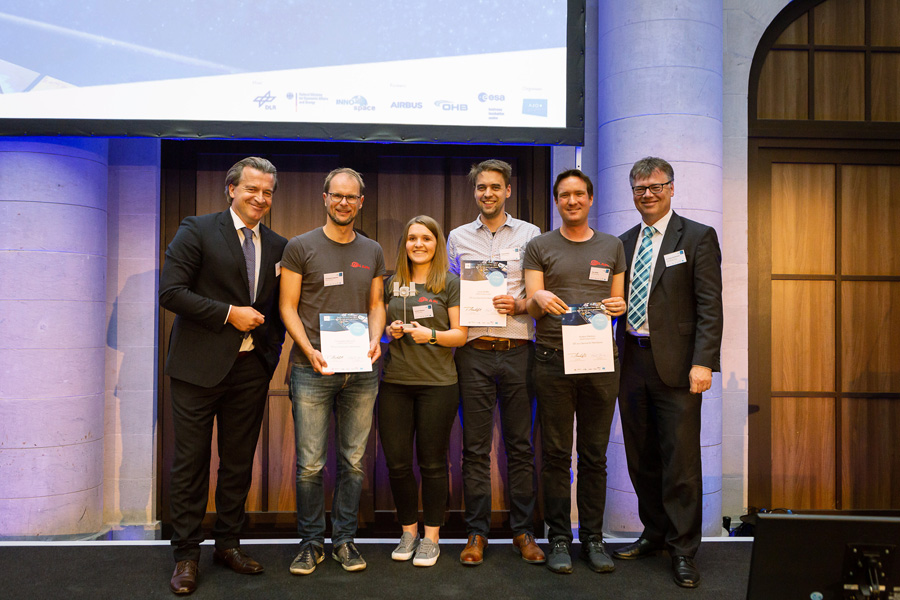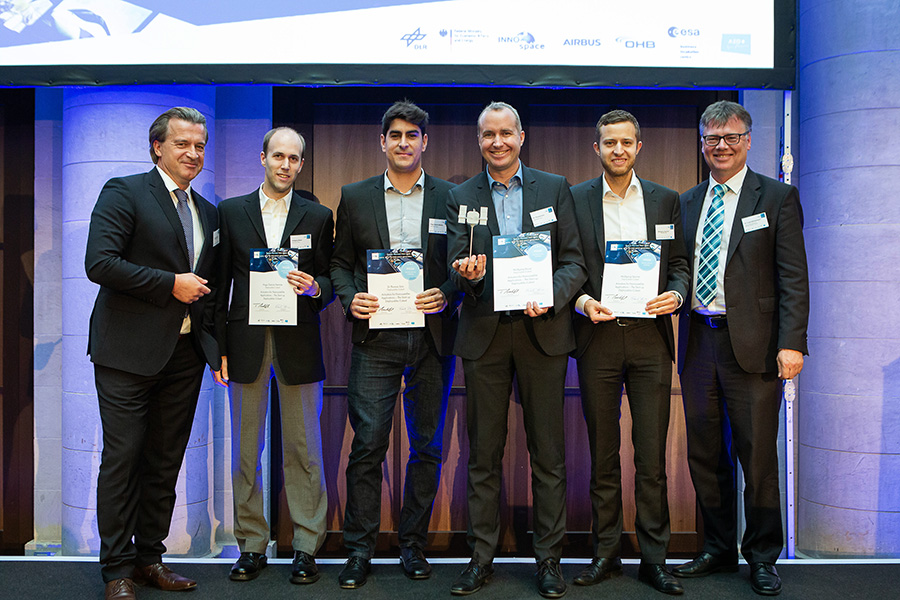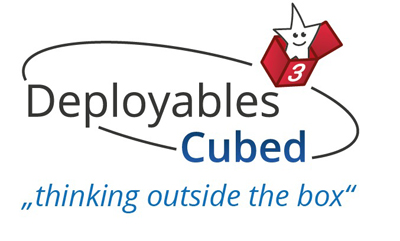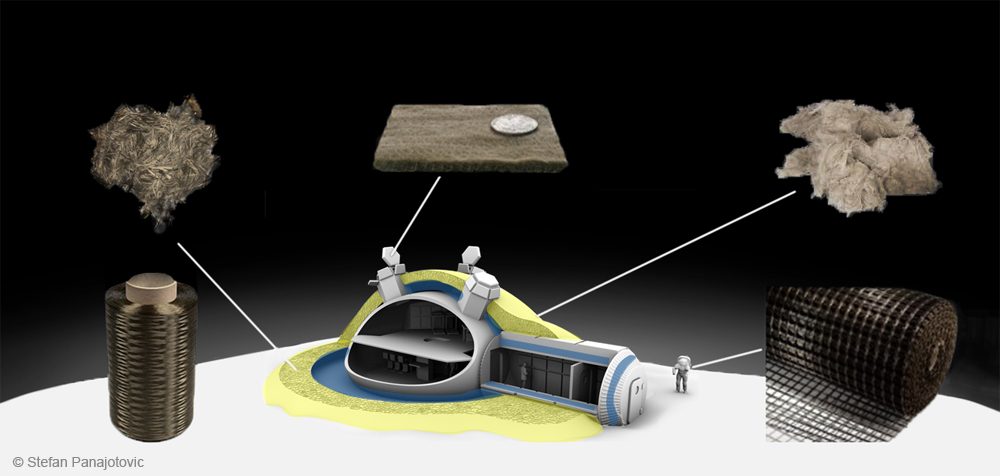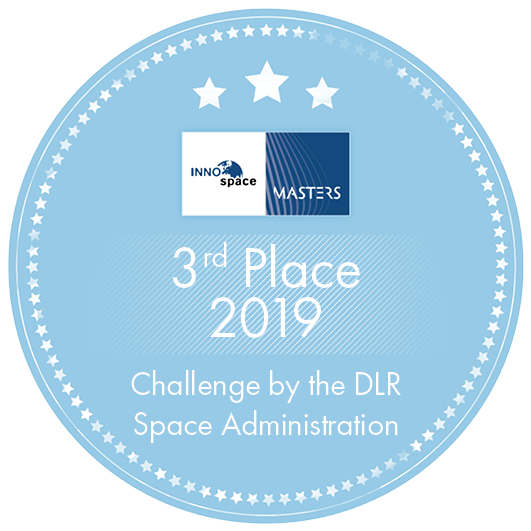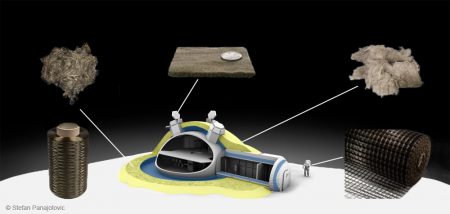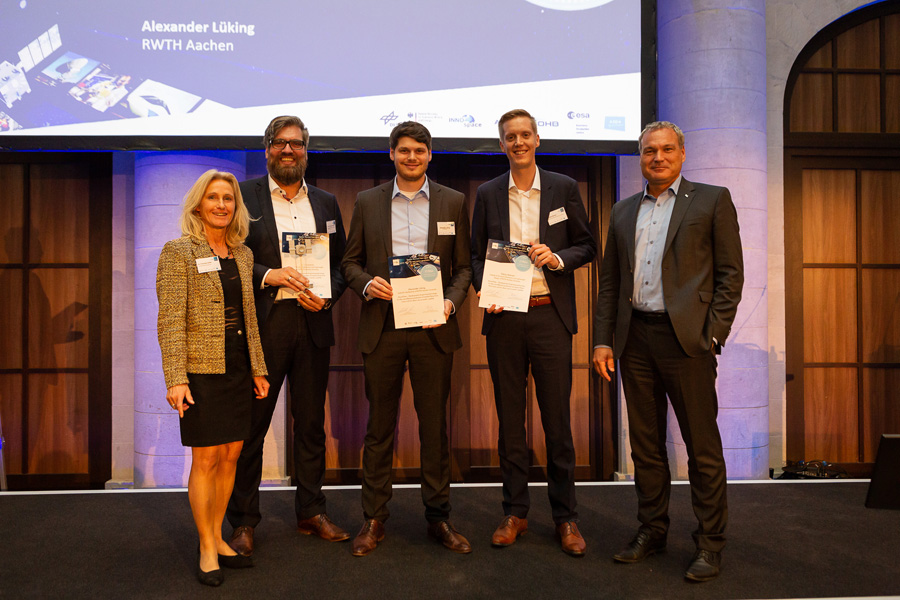Celestial – Products and Services for Deep Space Communication
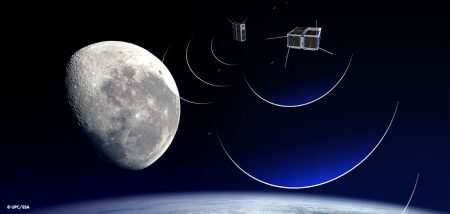
Moon missions are facing many challenges in new space exploration, and communication is one of them. The fact that not all locations on the moon are accessible to transmissions from Earth creates an obstacle to cislunar communication. Celestial aims to deploy a small satellite relay constellation in lunar polar orbit to overcome this barrier. A total of three satellites (plus one redundant satellite) will be deployed. Working on the S and X bands, this constellation will be able to communicate and relay data from lunar missions to ground stations on Earth. In addition, Celestial aims to provide its satellite communication system to missions seeking to explore high-radiation Earth orbits. This payload will be lightweight and radiation-hardened, ensuring longer life than the similar communication systems currently available. The biggest benefit for lunar missions lies in the reduced costs made possible by a low-weight communication system and the ability to reach lunar locations that are otherwise inaccessible.
Benefits:
- Increased data transmission rates and continuous communication coverage of the lunar poles
- Low power consumption for low-cost lunar missions
- Access to lunar regions beyond the direct line of sight
Celestial
Berlin, Germany
Johannes Schumacher
celestialcomm.wixsite.com/moonshot
johannes.schumacher.mail@gmail.com

